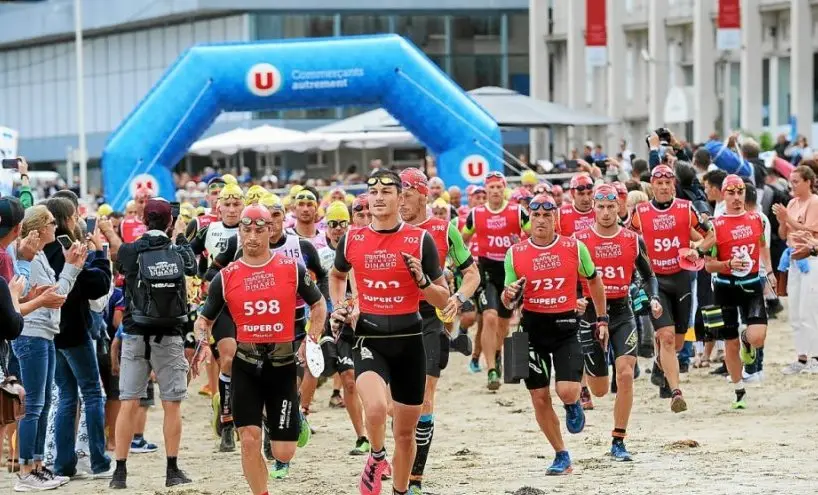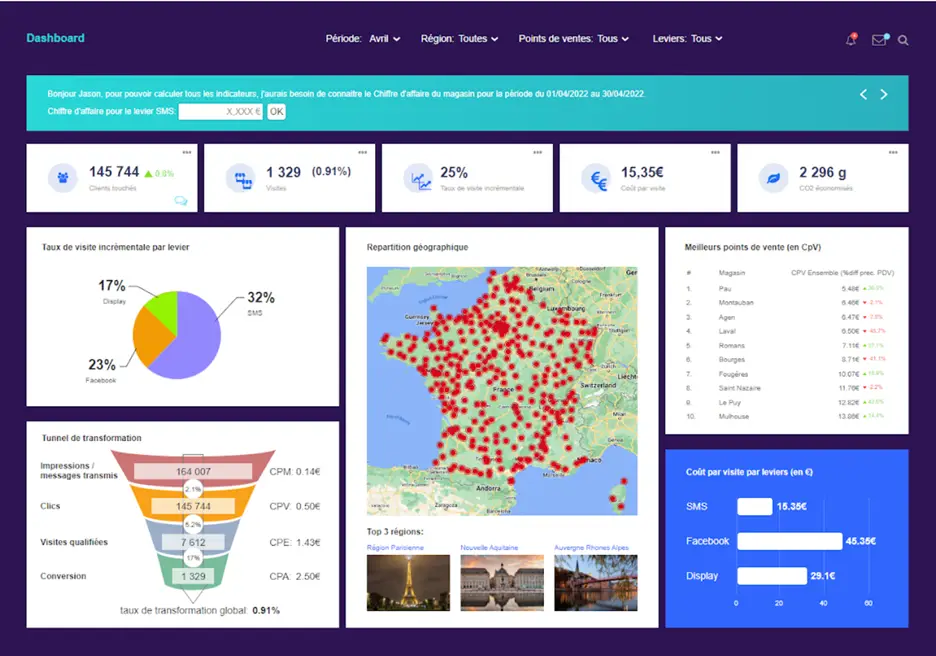The marketing of a network business generally involves a complex balance combining centralization and decentralization of communication. This issue concerns retail brands, but also agency networks (banks, insurance companies, brokerage companies, or even travel agencies).
On the one hand, communication must be harmonized to contribute to the construction of the brand, and respect a common framework. Any local campaign participates in a more global communication effort of the brand, and benefits from a shared investment.
On the other hand, for effective, personalized and agile communication, the brand must rely on the different levels of the network to delegate the adaptation and execution of campaigns. This is due to the consideration of local parameters (media, events, competition, etc.) but also to a better knowledge of the field and customer profiles.
It is this balance that multi-local marketing must promote, and in particular through the implementation of “distributed” or decentralized marketing.
What are the main use cases of distributed marketing? Concretely, what are the prerequisites and the solutions to implement it?
1. What is distributed marketing?
Distributed marketing (or decentralized marketing) is a marketing approach in which the responsibilities for planning, implementing and managing marketing campaigns are distributed among multiple stakeholders, rather than being centralized within a unique marketing team. This can include departments such as sales, partners, subsidiaries, and separate business units, as well as outside partners such as sales agents, resellers, and affiliates.
2. What must be centralized in a multi-local communication device
2.1. Dissemination of brand identity
In a context of communication of a company with a network, the priority is to disseminate and preserve the codes of the brand: its identity, its graphic and editorial charter, its communication codes. This branding work must be centralized, to guarantee sufficient investment, a global vision, and brand consistency.
2.2. The marketing strategy
The marketing strategy must be broadly defined at a national level. For example, the positioning strategy in terms of price, image, communication angles or audience targeting are common to the entire network, as they are generally not subject to variations in local parameters.
2.3. Campaign concepts
As the marketing strategy is generally defined at the national level, so are the campaign concepts.
For example, in 2022, the Aldi distribution brand, which is developing in France and in particular in the Paris region, has chosen to emphasize the multiplication of points of sale, and therefore the proximity between consumers and an Aldi store. . This concept responds both to a national strategy (development of the network in certain cities), while having an obviously local parameter (the message is only broadcast near new points of sale).
2.4. Asset production
Once the concepts have been defined, the production of the campaigns is generally handled by the central entity. The different formats that local entities may need are anticipated, and all the main assets are produced centrally: visuals, films, emails, banners, etc. The challenge is then to make these assets accessible and allow their customization with very specific rules.
3. What needs to be decentralized: the use cases of distributed marketing
3.1. Customer relationship management
The customer relationship is an eminently local marketing subject. Knowing customers is first and foremost a field affair: agents and local sales managers meet customers, have regular contact with them, and are better acquainted with their problems, both at individual level and at the level of the whole local customers.
The management of the customer relationship must therefore leave a significant degree of autonomy to the local, whether for the commercial relationship or the customer service after the purchase.
Communication scenarios can be designed centrally, in order to disseminate best practices in relational marketing and allow each local manager to benefit from the experience of the network. But on the one hand, these scenarios must be designed with the input of field managers during workshops, and on the other hand, a certain latitude in the execution must be left to the sales and customer relations managers in the network.
The triggering of a message must be able to be blocked (inhibited) by the customer relationship manager if it interferes with an action in progress with this customer. Conversely, customer service must be able to trigger a pre-conceived scenario at the national marketing level.
The “attention gesture” solution designed for La Banque Postale and made available to its network of agents is a perfect example. Each agent can trigger the sending of a gift to a customer, to thank him or compensate him, with a level of value chosen by the agent: the latter is therefore autonomous (he decides to whom and when he sends a gift , and it sets the value). But certain rules are set at the national level: creation of the email for sending the gift, value levels and catalog of gifts, and maximum number of gifts that can be sent by an agent over a year.








